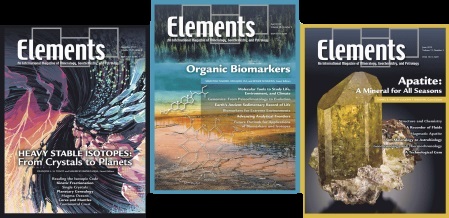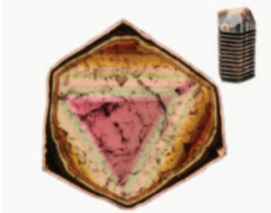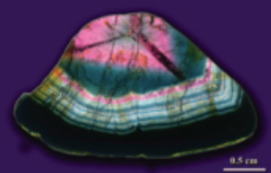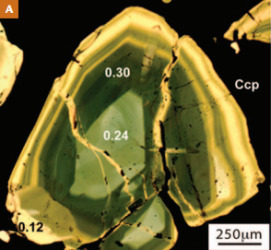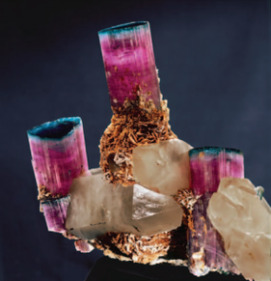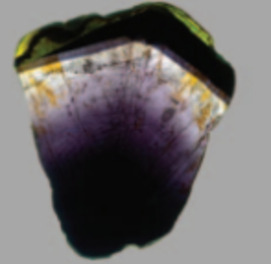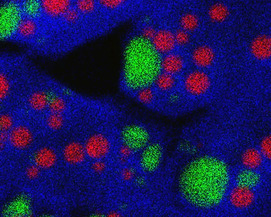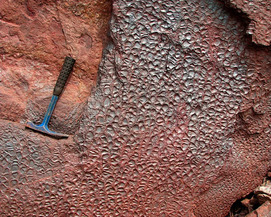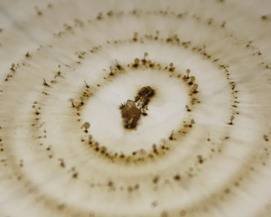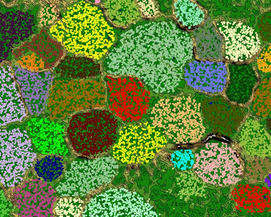Tourmaline: The Kaleidoscopic Gemstone
With their multitude of colors, gem tourmalines are among the most popular colored gemstones. Spectacular color-zoned tourmalines are valued as gems and crystal specimens, and some complexly zoned crystals contain nearly the entire spectrum of color variation found in the mineral world. The top-quality “neon” blue-to-green, copper-bearing tourmaline, the Paraíba-type, is one of the highest-priced colored gemstones, with values comparable to those of some diamonds. The wide variety and intensity of colors are related primarily to color-producing ions in the structure and to exposure to natural radiation. Gem tourmalines that form in magmatic, pegmatitic environments are most commonly elbaite and fluorliddicoatite species, and the rarer gem tourmalines that develop in metamorphic rocks are generally dravite–uvite species.
Tourmaline: The Kaleidoscopic Gemstone Read More »

